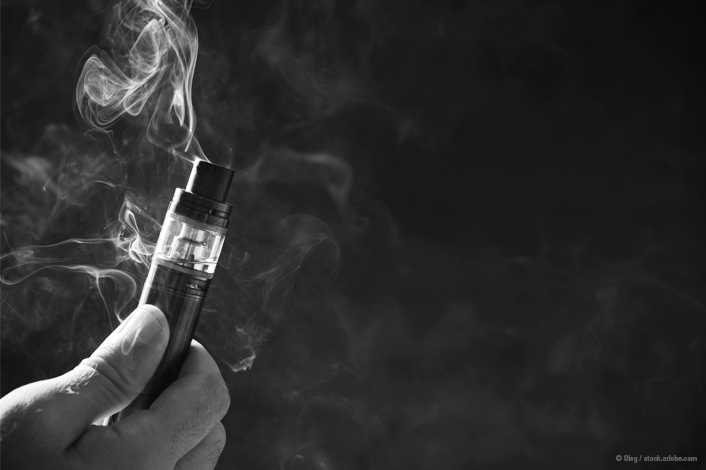When vaping first became popular, many people assumed it was a cleaner, safer alternative to smoking—not only for users but also for those around them. Unlike traditional cigarettes, e-cigarettes do not burn tobacco, eliminating tar and much of the smoke that contains harmful carcinogens. Instead, vaping produces an aerosol, often called “vapor,” created by heating a liquid containing nicotine, flavorings, and other chemicals. However, growing research shows that secondhand exposure to this aerosol—commonly referred to as secondhand vape—is not completely harmless.
What Is Secondhand Vape?
Secondhand vape occurs when non-users inhale aerosol exhaled by someone using an e-cigarette or are exposed to the emissions Hayati Vape released directly from the device. Unlike smoke from combustible cigarettes, the aerosol particles are finer and may dissipate more quickly, but they still contain potentially harmful substances.
Laboratory studies have identified nicotine, ultrafine particles, volatile organic compounds, and heavy metals such as nickel and lead in secondhand aerosol. Although these levels are generally lower than those in cigarette smoke, their presence raises concerns about the long-term effects of frequent exposure.
Health Concerns for Non-Users
The potential risks of secondhand vape are still being studied, but early evidence suggests that exposure may affect respiratory and cardiovascular health. Non-smokers, especially children, may be particularly vulnerable. Inhaling nicotine—even indirectly—can interfere with brain development in adolescents and young adults. For individuals with asthma or other respiratory conditions, exposure to aerosol particles may trigger symptoms such as coughing, wheezing, or shortness of breath.
Pregnant women are another high-risk group, as nicotine exposure has been linked to negative effects on fetal development. While vaping aerosol is less toxic than cigarette smoke, “less harmful” does not necessarily mean “safe.”
Public Perception and Misunderstandings
One reason secondhand vape is often overlooked is that it does not produce the same lingering odor and visible cloud as cigarette smoke. Many people perceive vaping as socially acceptable, even in indoor spaces, because the vapor seems less intrusive. This perception has led to a culture of permissiveness, with some vapers using e-cigarettes in homes, cars, or public places where smoking would typically be banned.
However, public health organizations caution against normalizing secondhand exposure. The U.S. Centers for Disease Control and Prevention (CDC) and the World Health Organization (WHO) both advise that e-cigarette emissions contain harmful chemicals and should not be considered safe for bystanders.
Regulation and Public Spaces
In response to growing evidence, many countries and regions have extended smoke-free laws to include vaping. For example, some U.S. states, the United Kingdom, and parts of Europe prohibit vaping in restaurants, workplaces, and other enclosed public spaces. These policies aim to protect non-users while also reducing the normalization of vaping in public settings.
Conclusion
Secondhand vape may be less harmful than secondhand smoke, but it is far from harmless. The aerosol produced by e-cigarettes contains nicotine and other toxic substances that pose risks to bystanders, particularly children, pregnant women, and individuals with preexisting health conditions. As scientific research continues, the safest approach for public health is to treat secondhand vape with the same caution as cigarette smoke. Limiting exposure, raising awareness, and maintaining smoke-free environments are essential steps to protecting both users and non-users alike.
